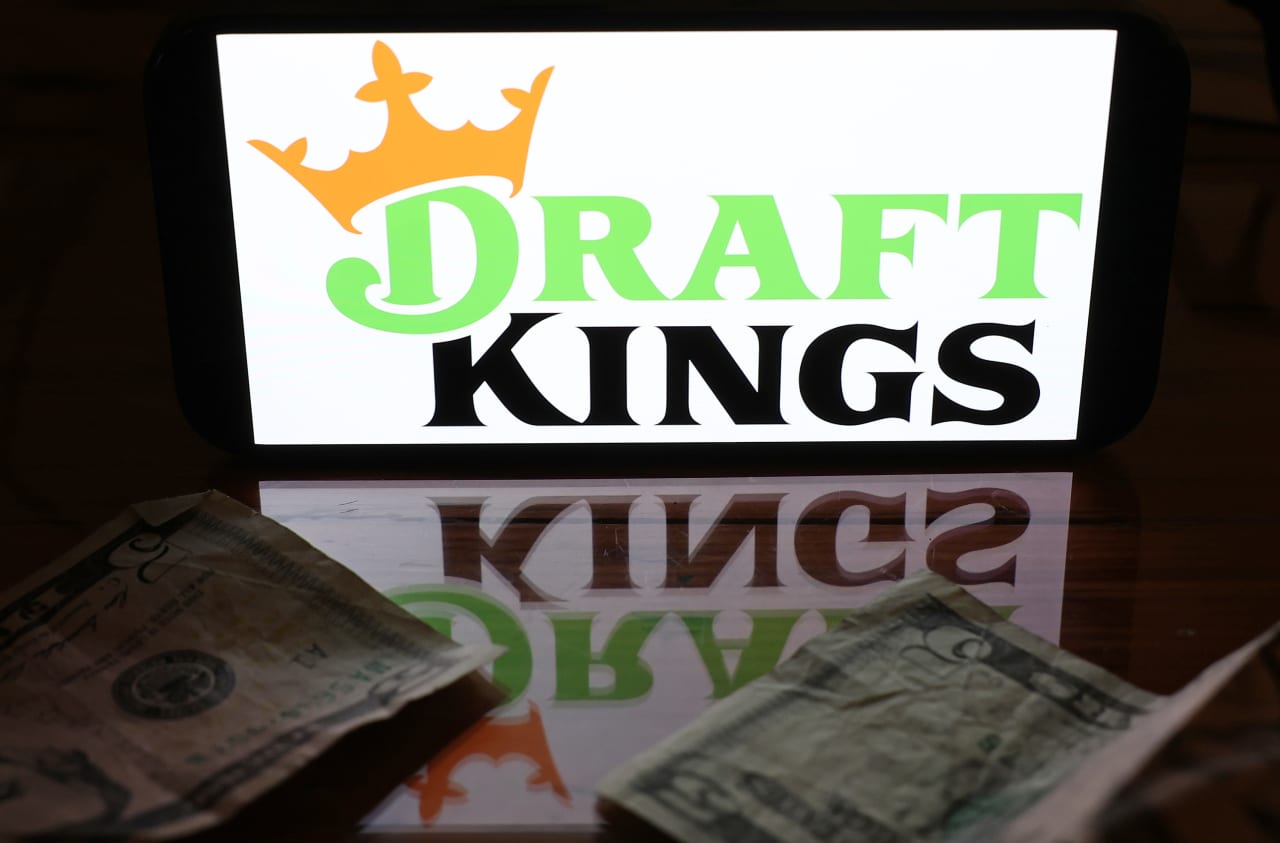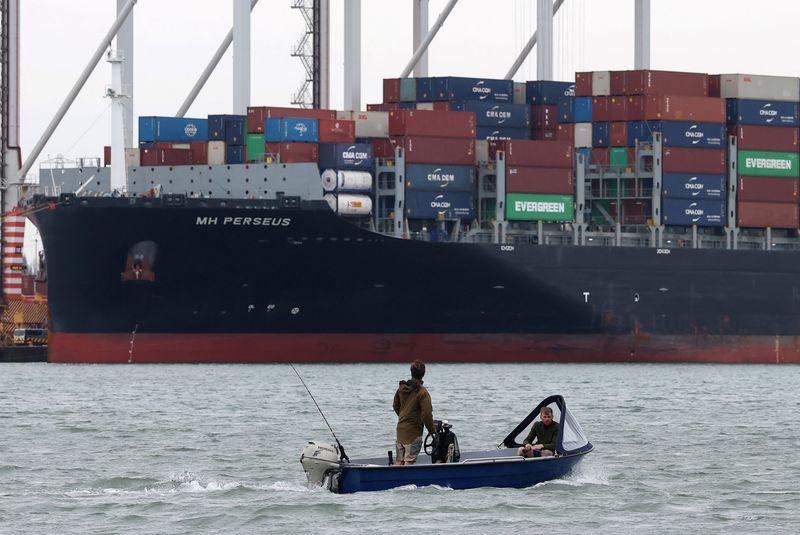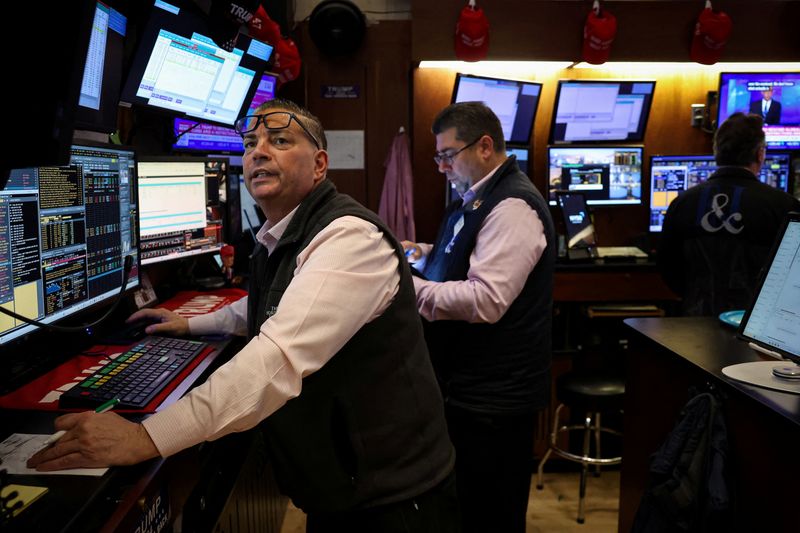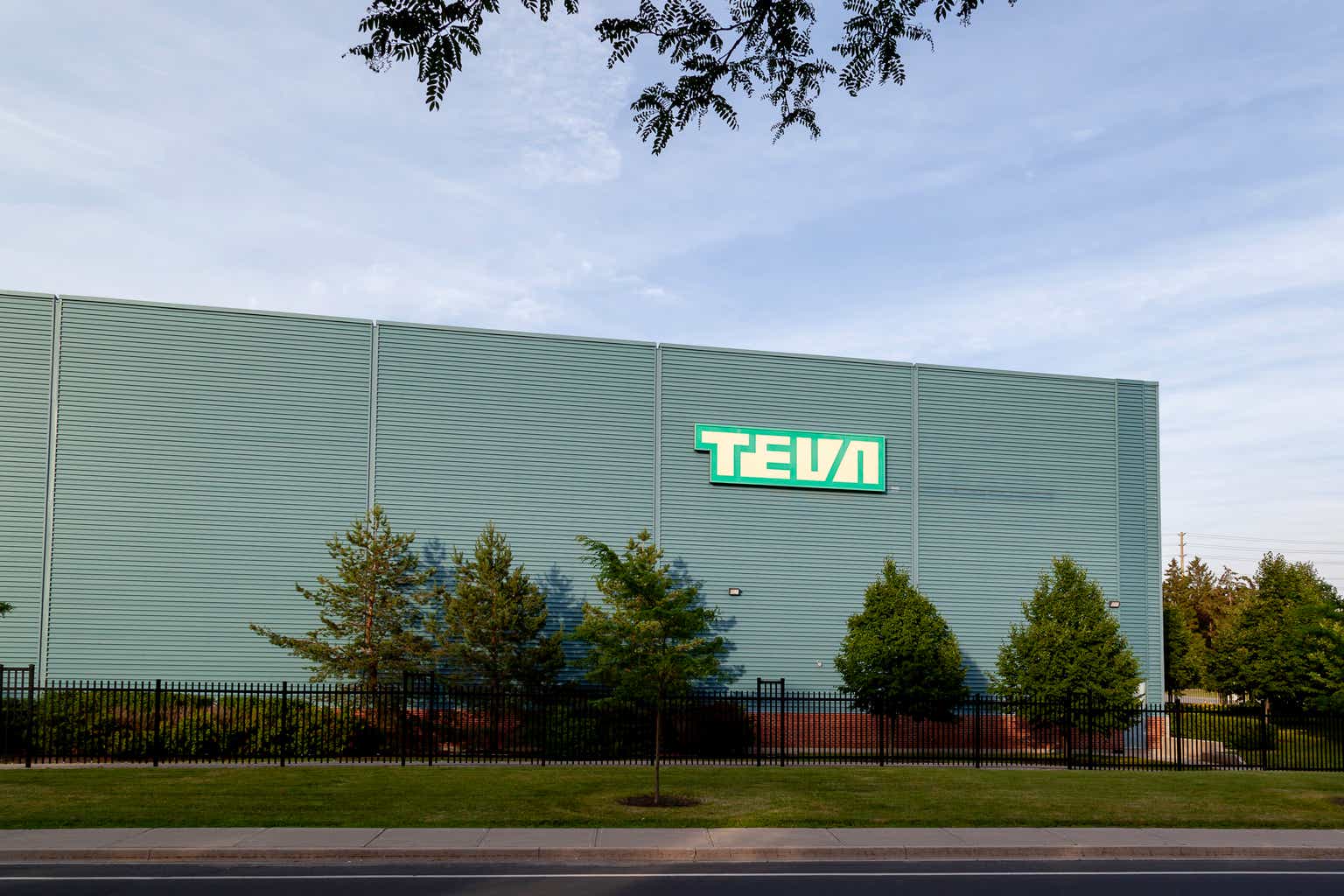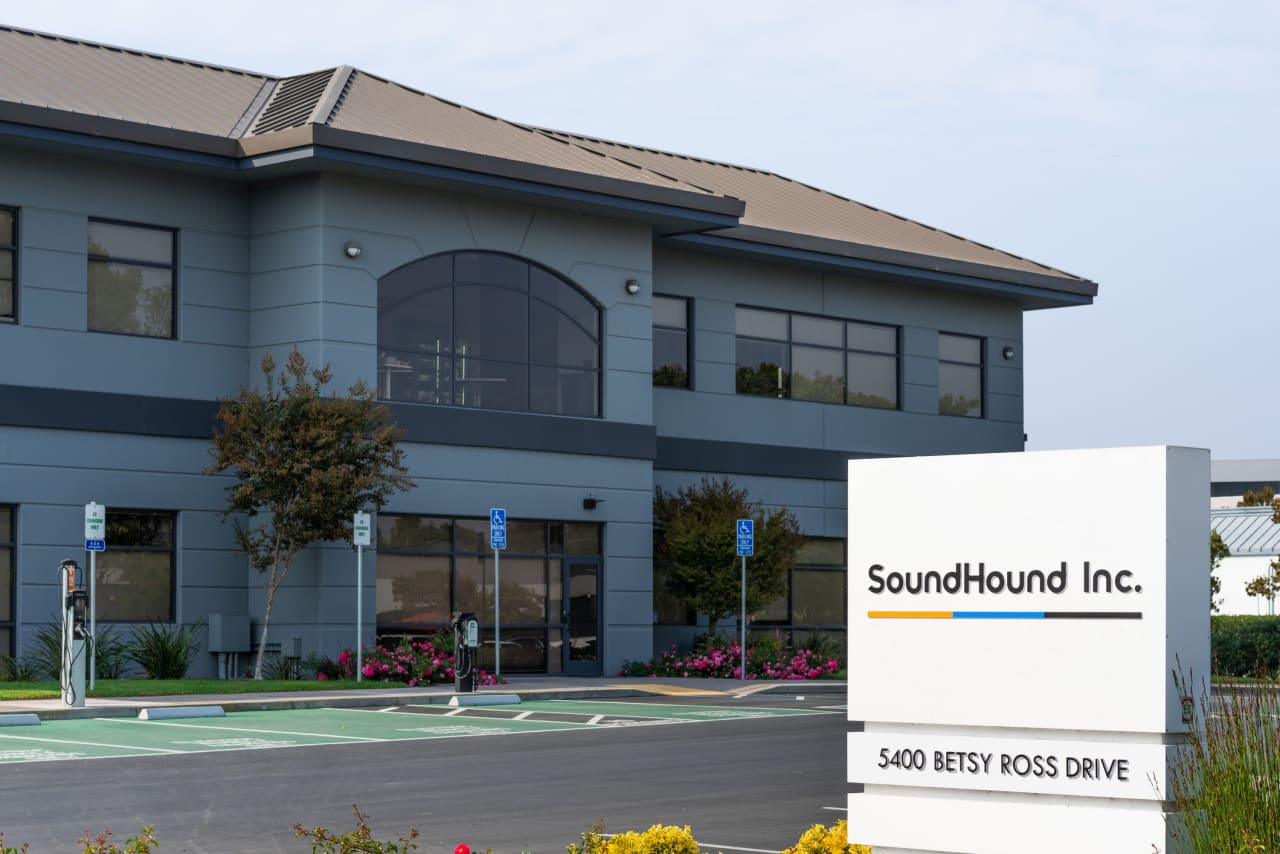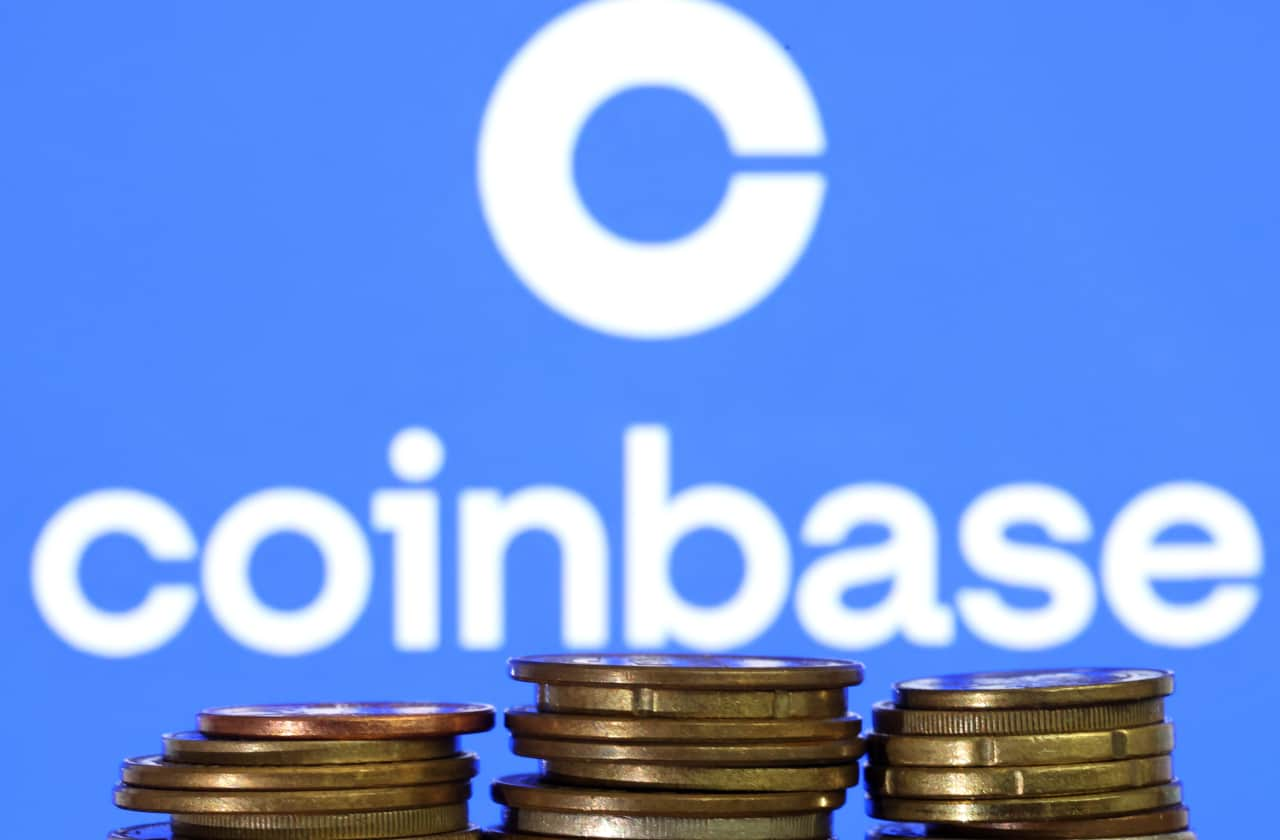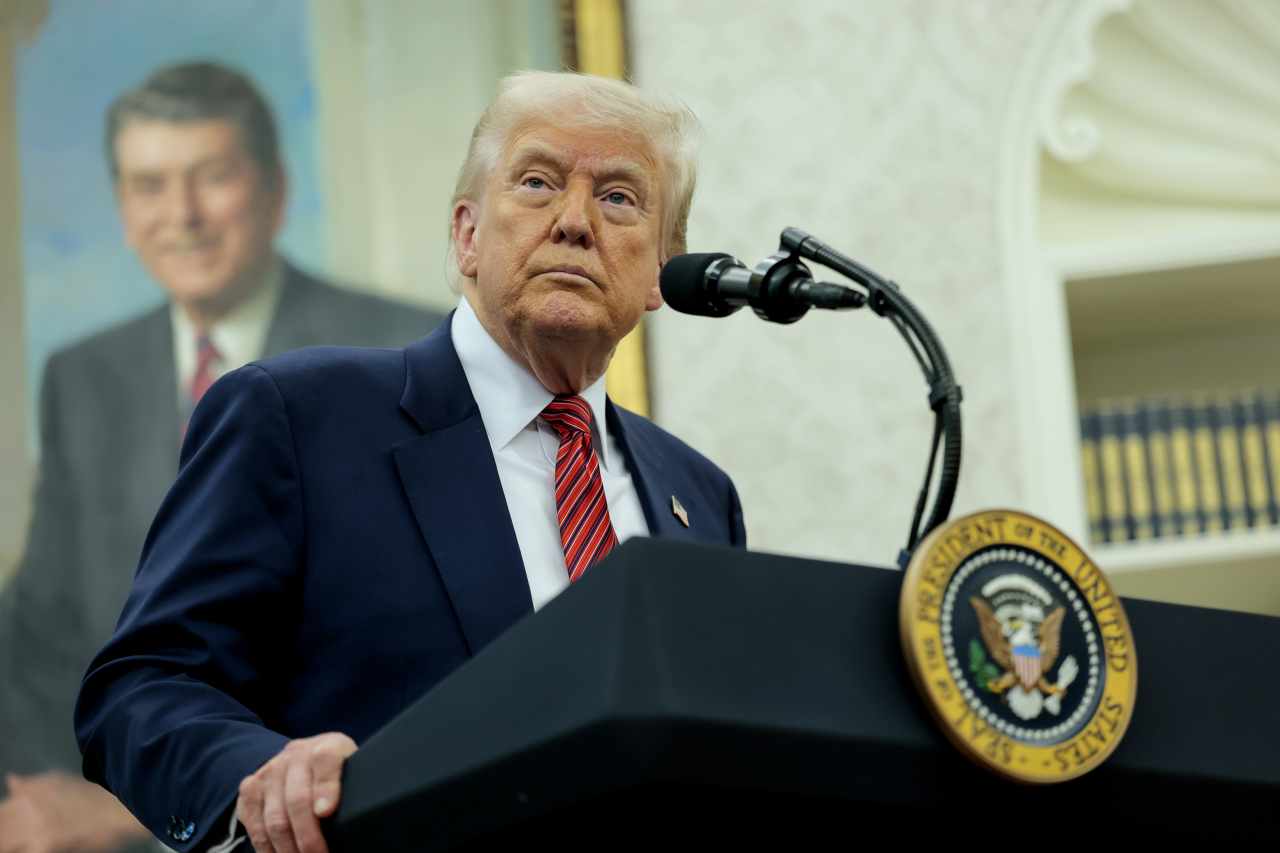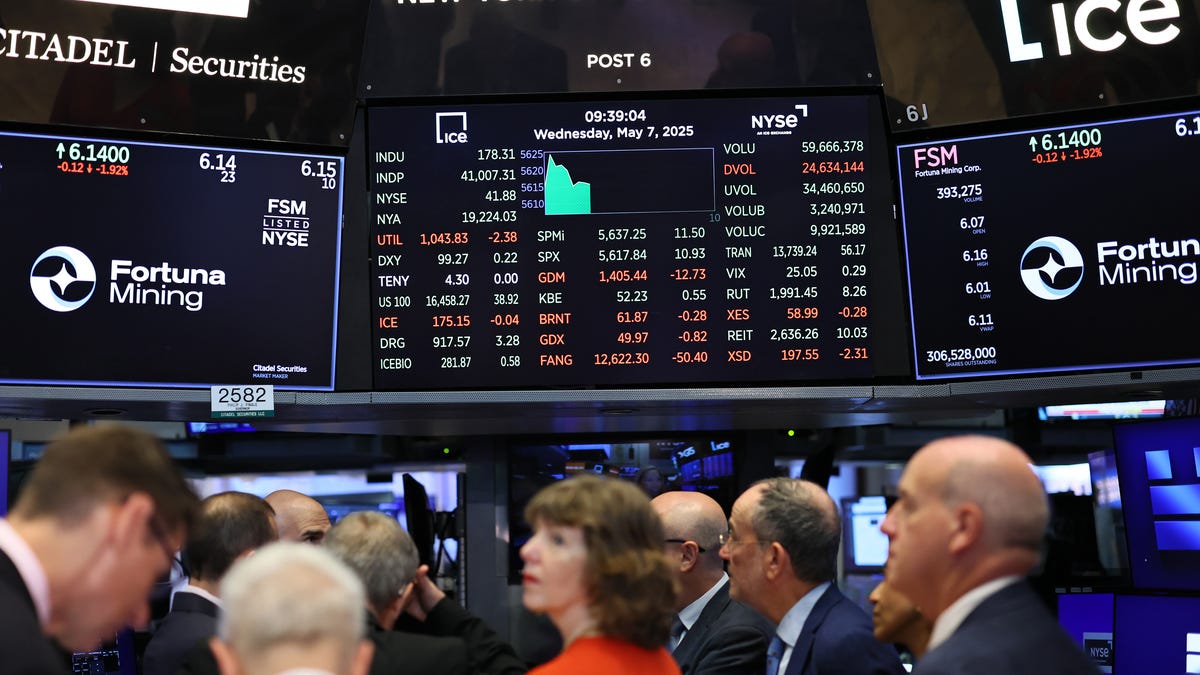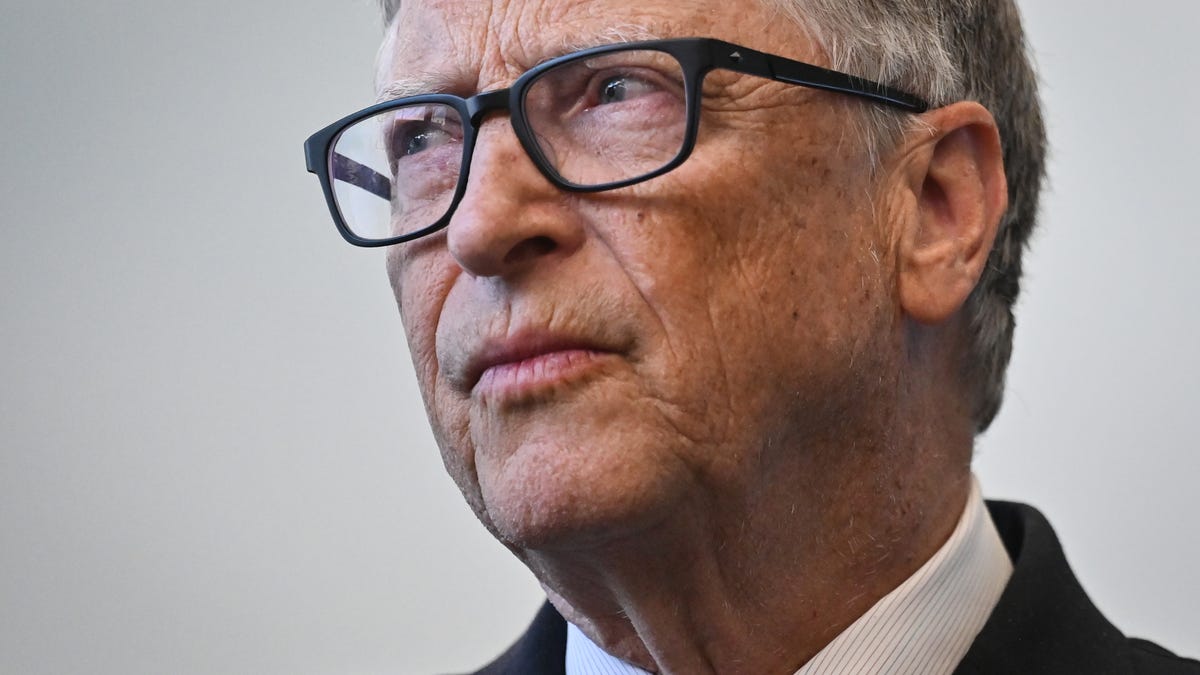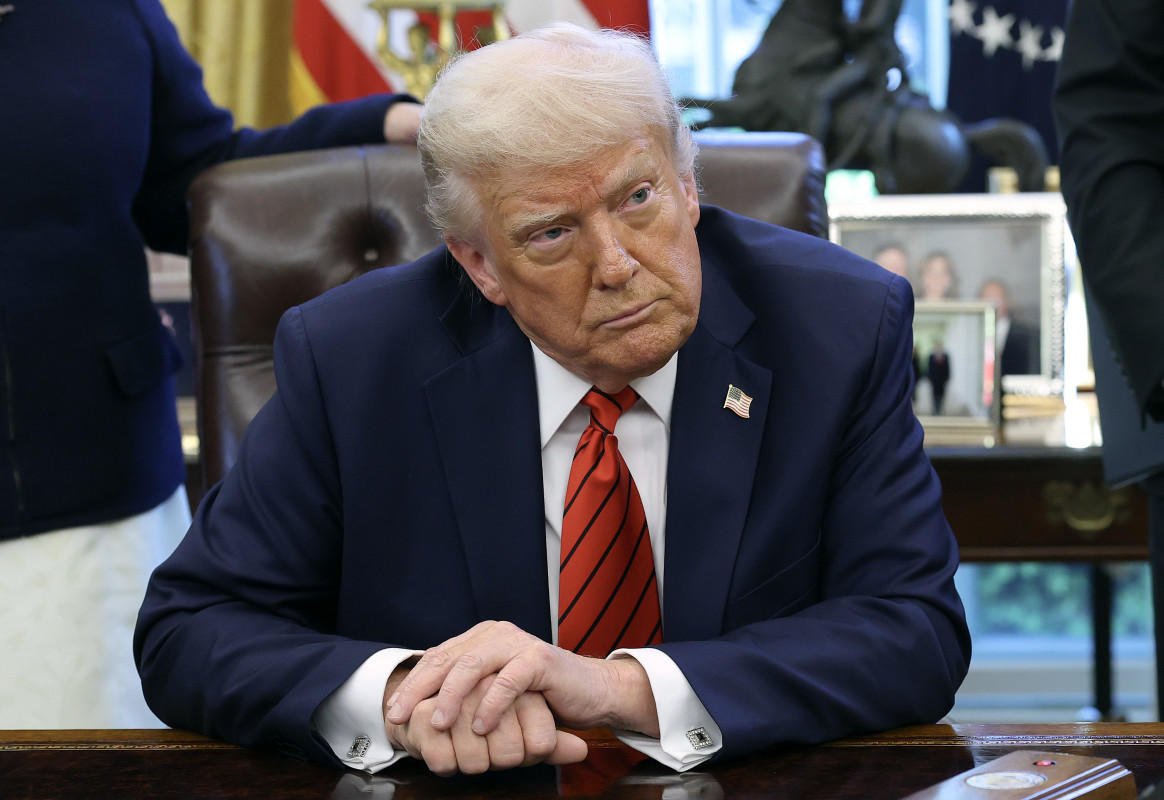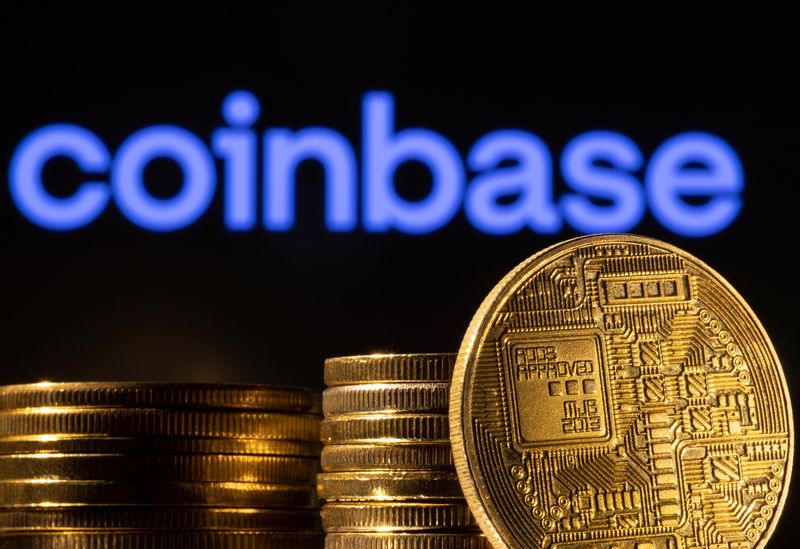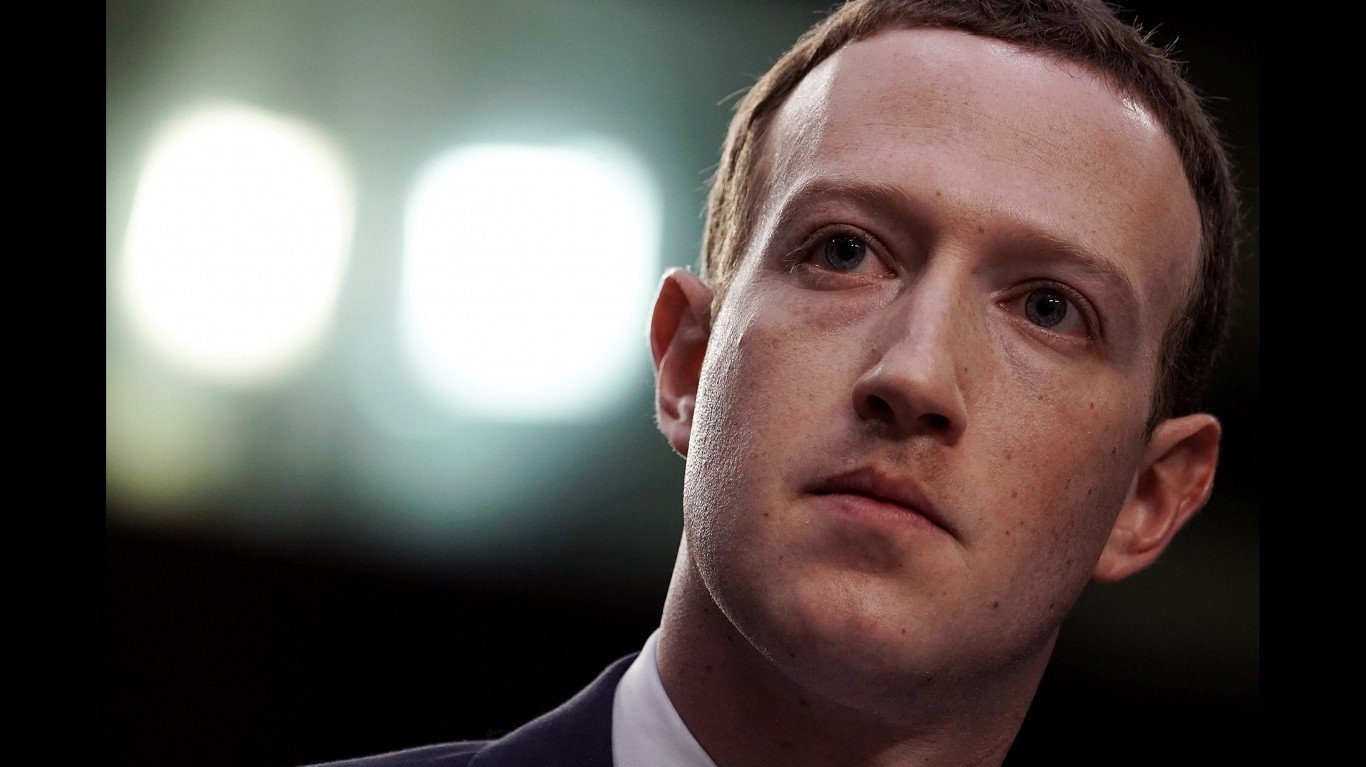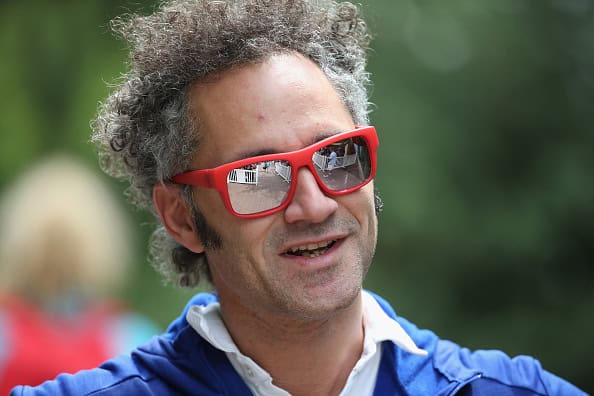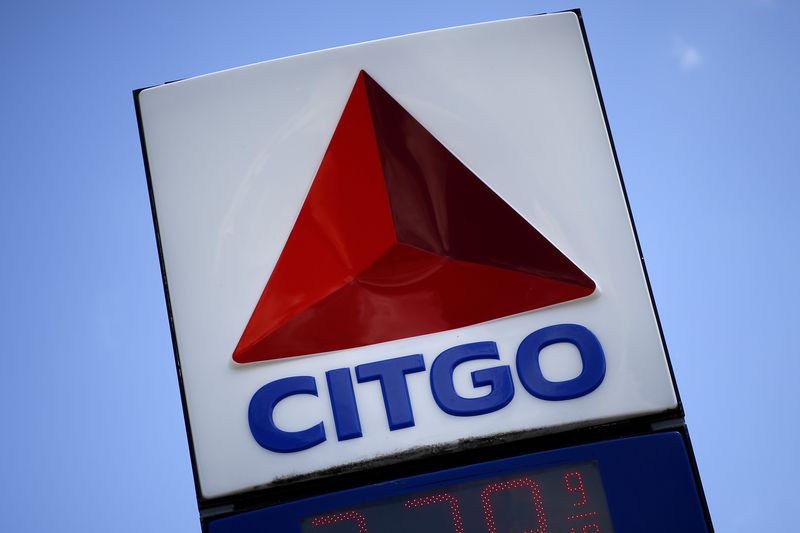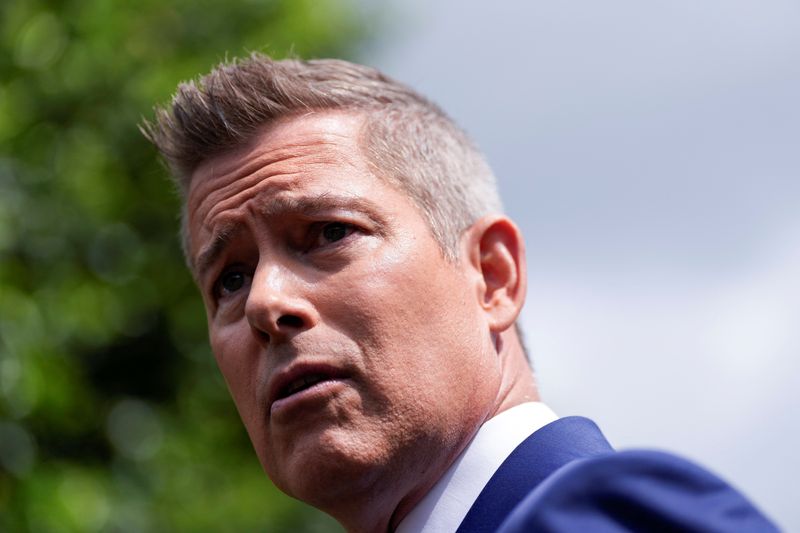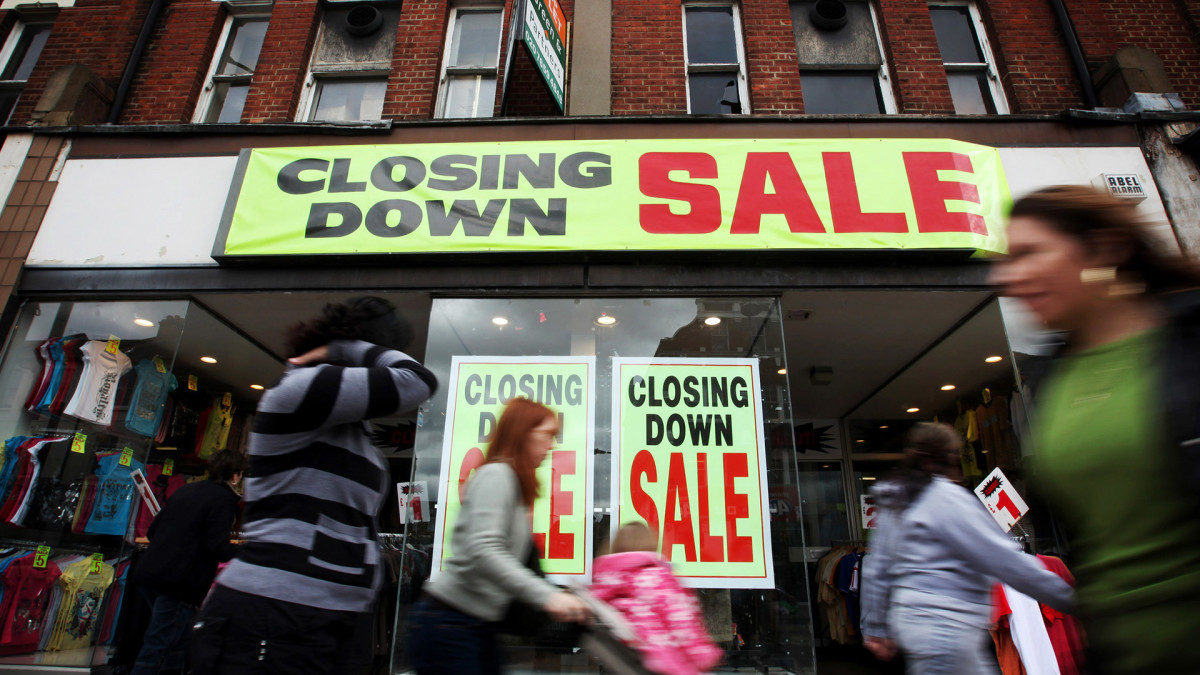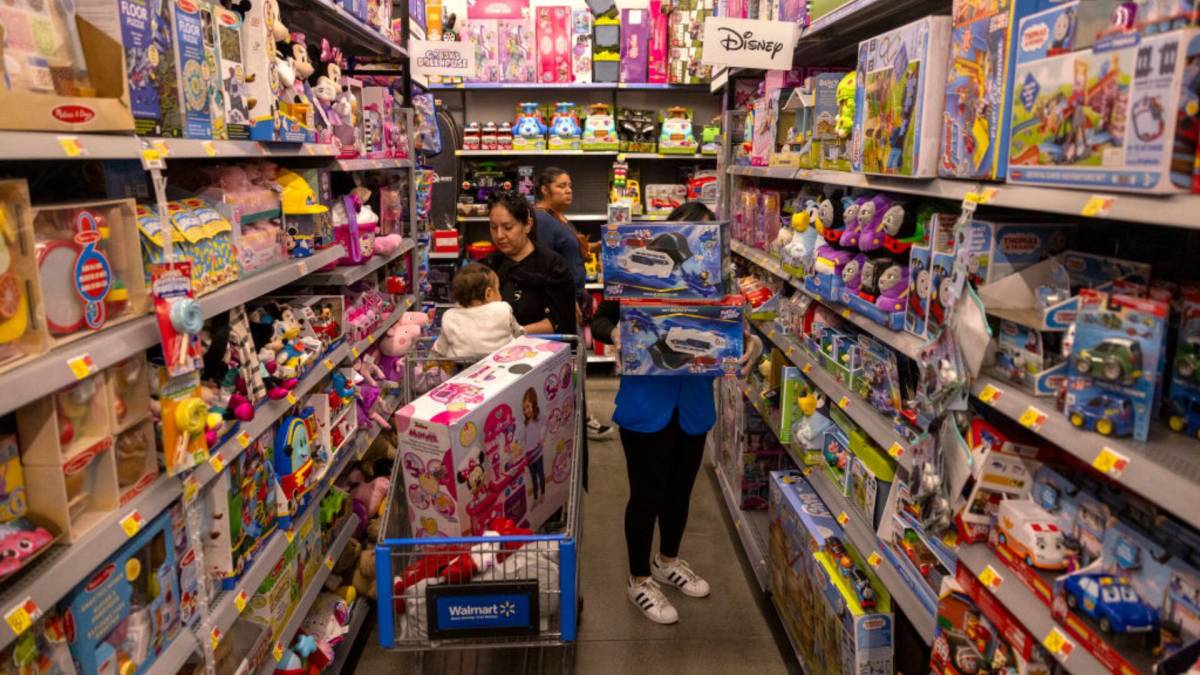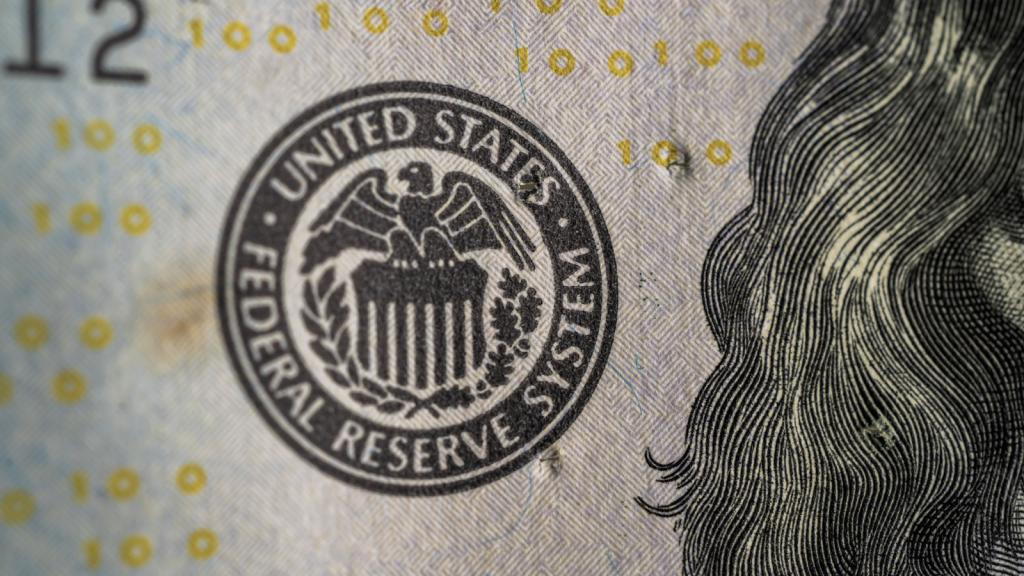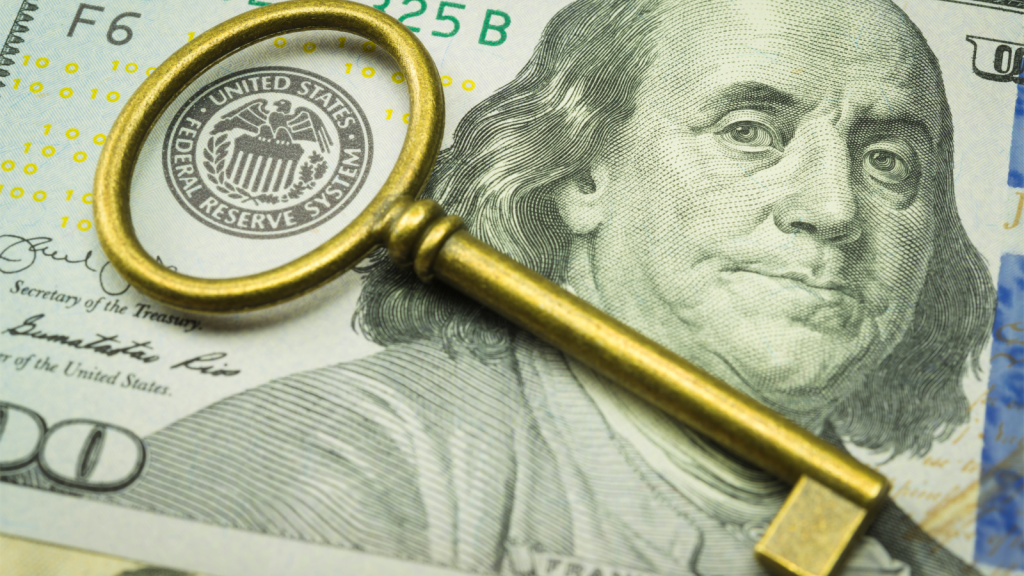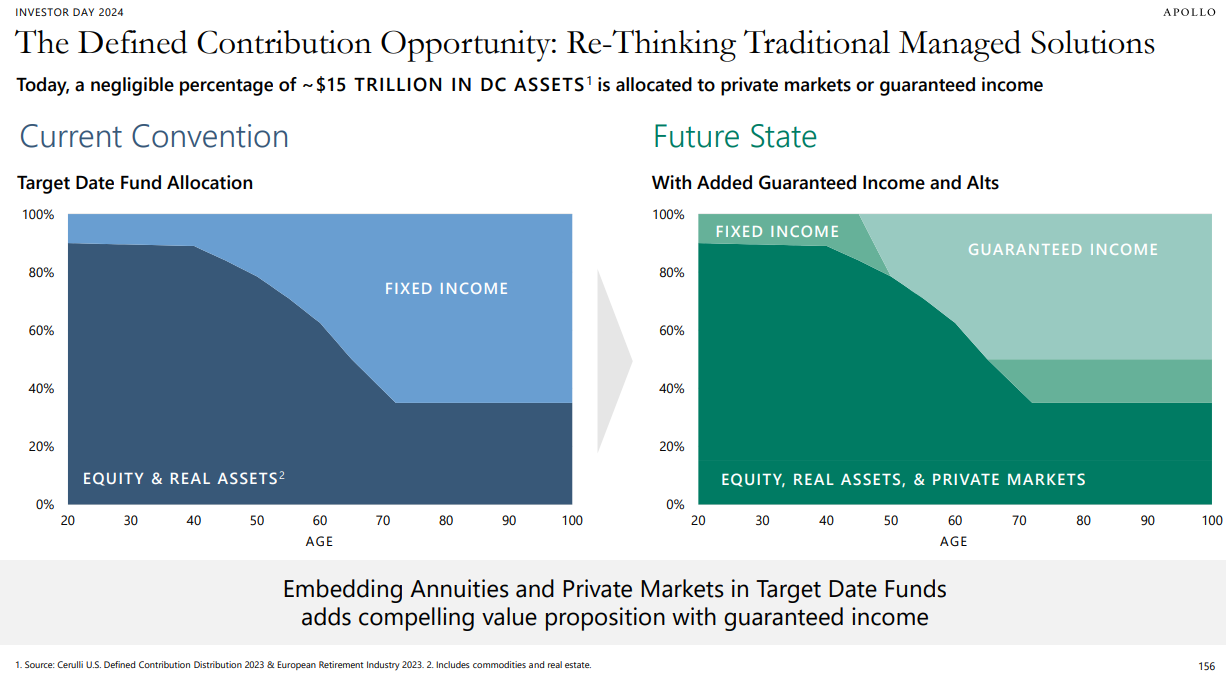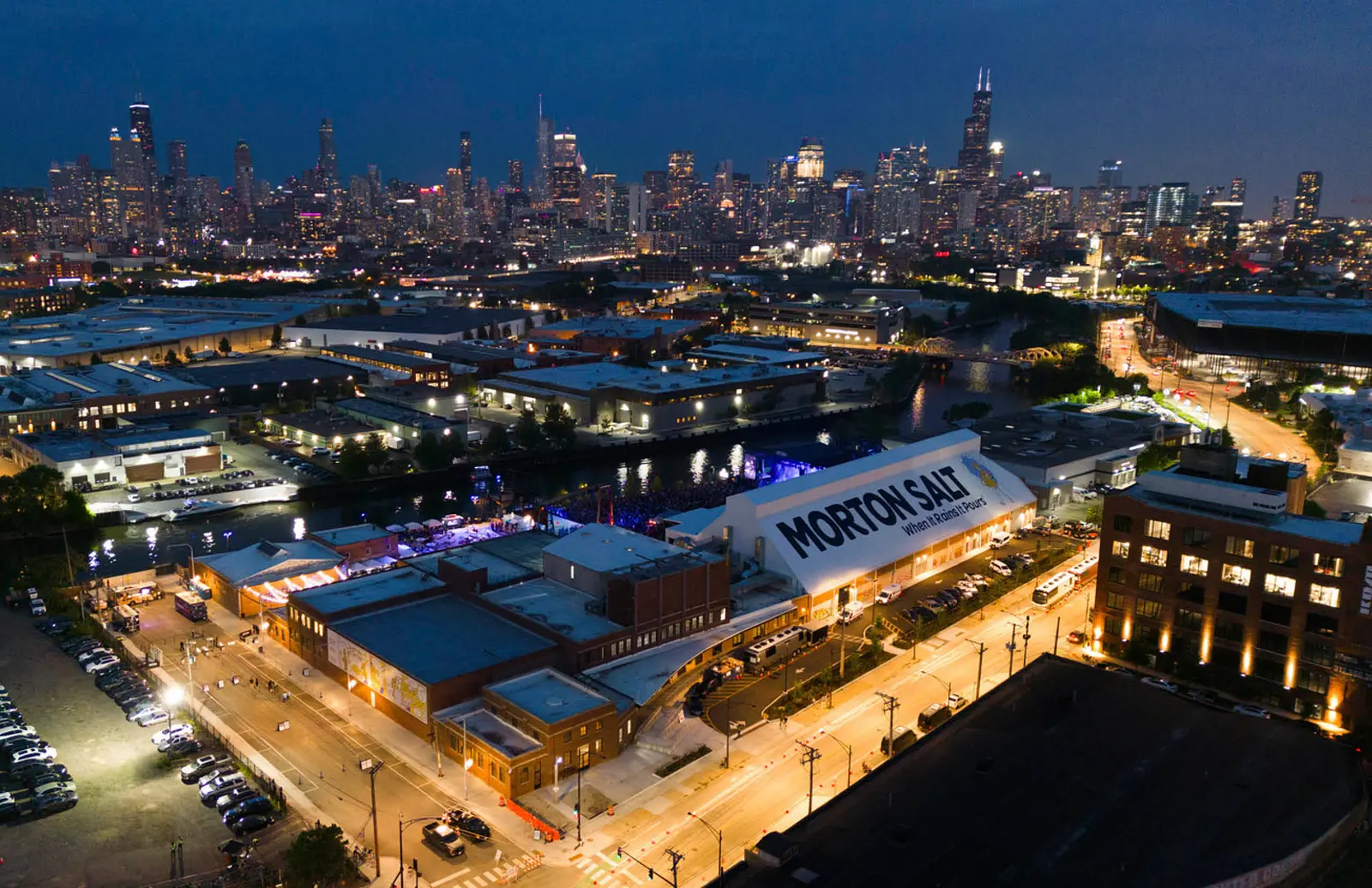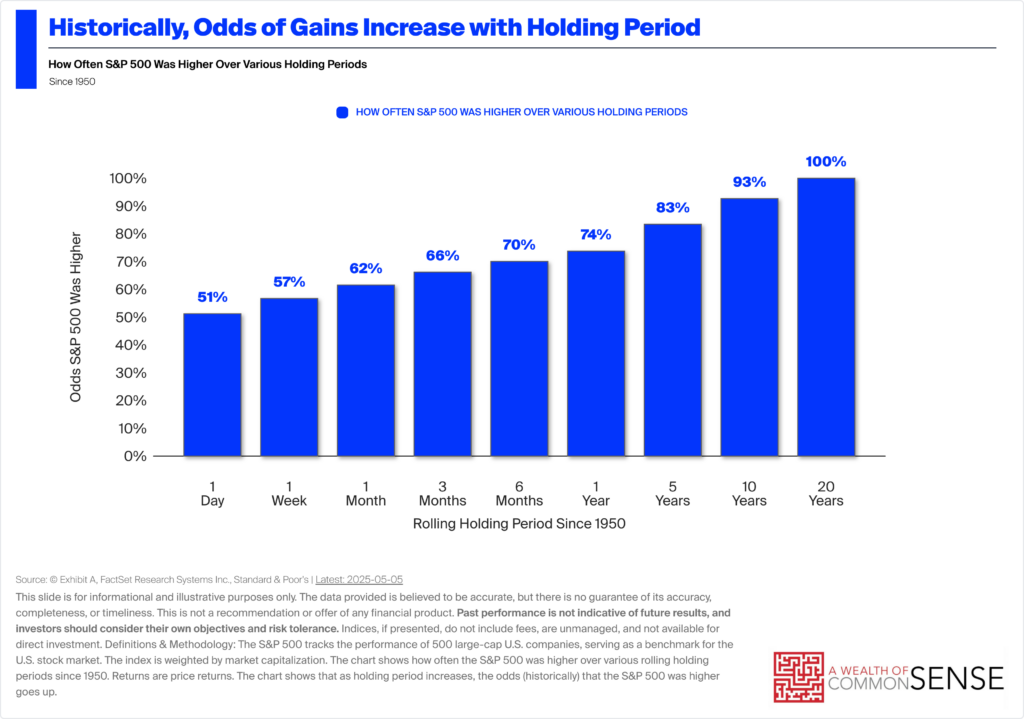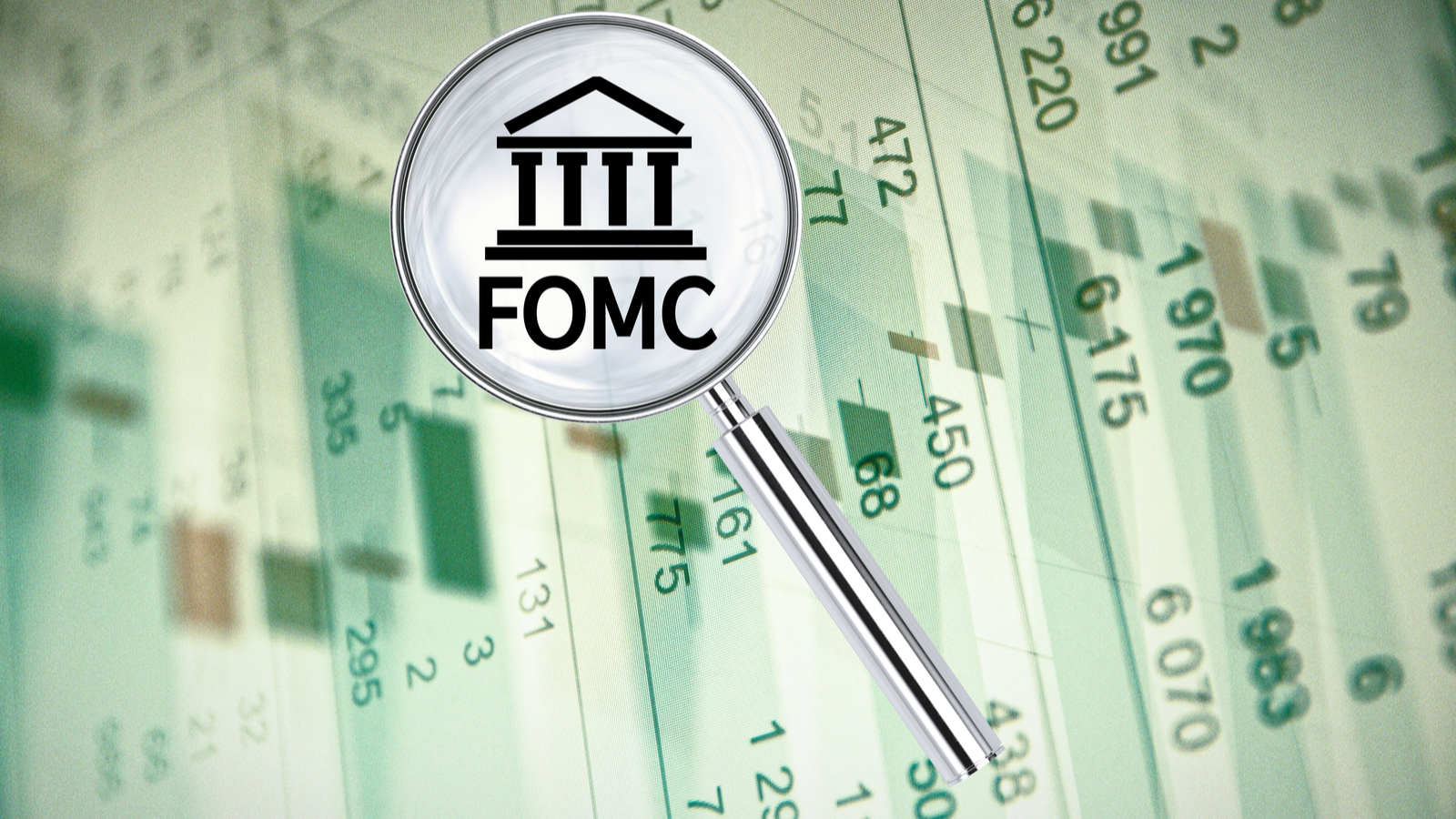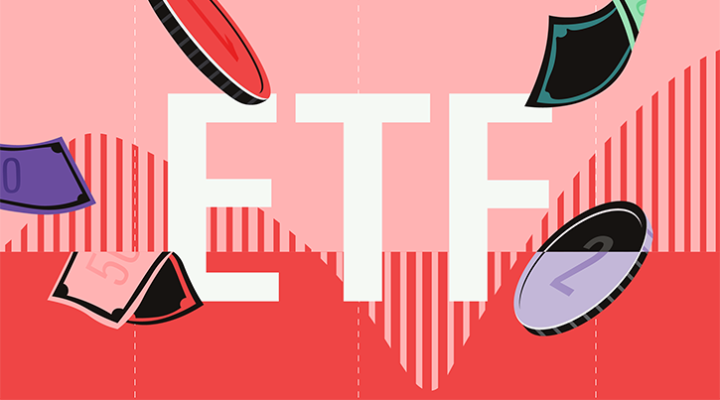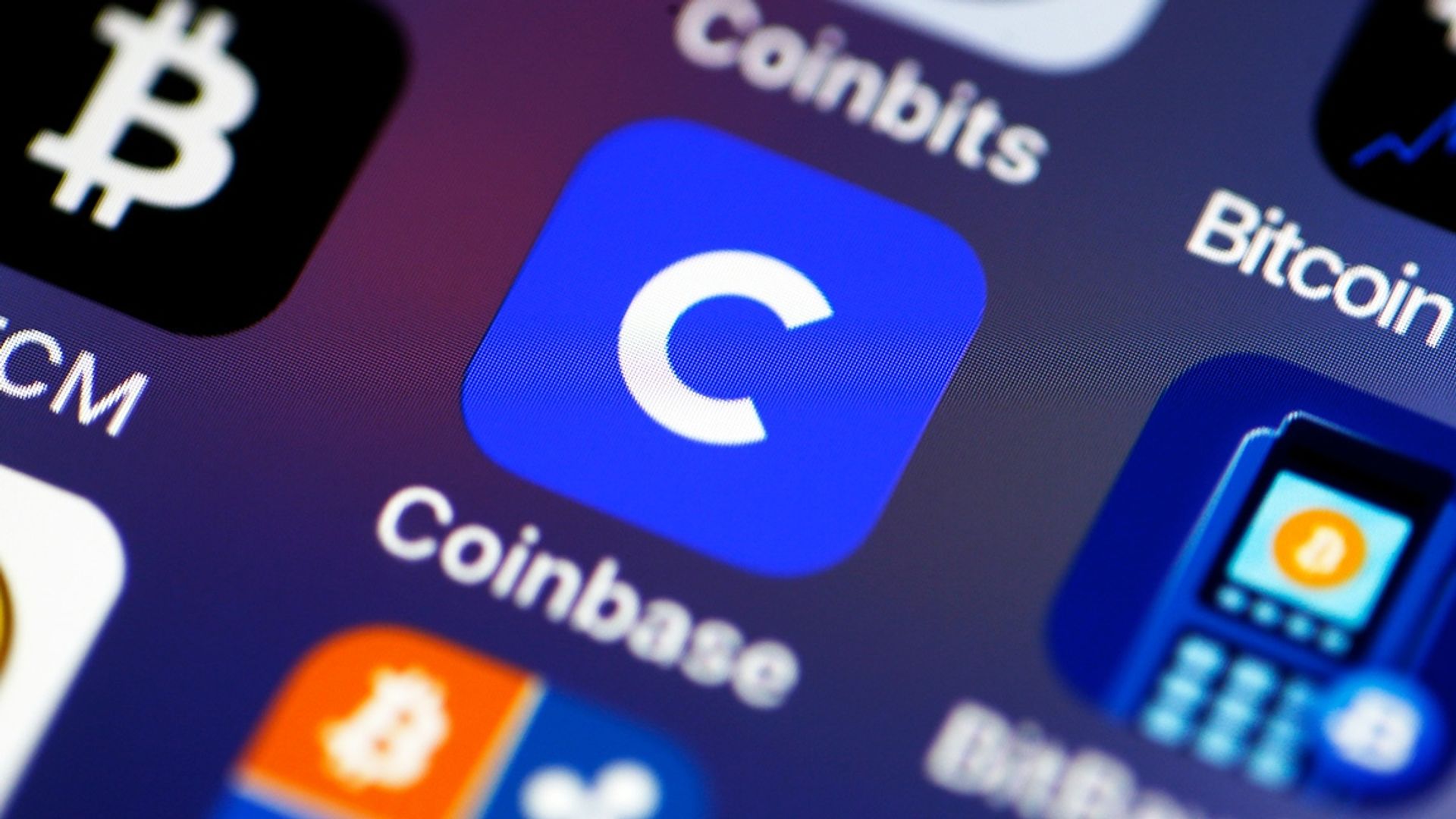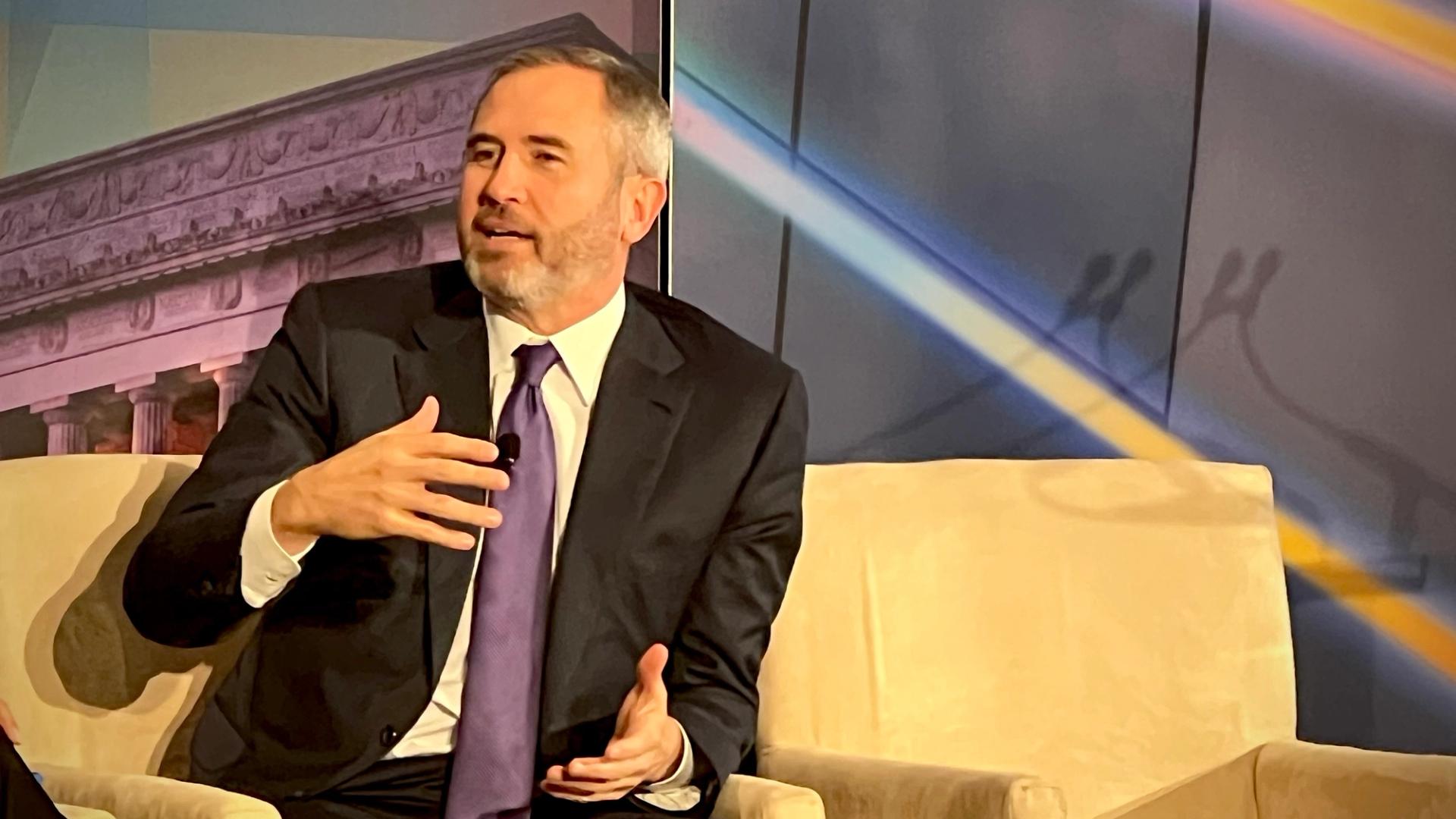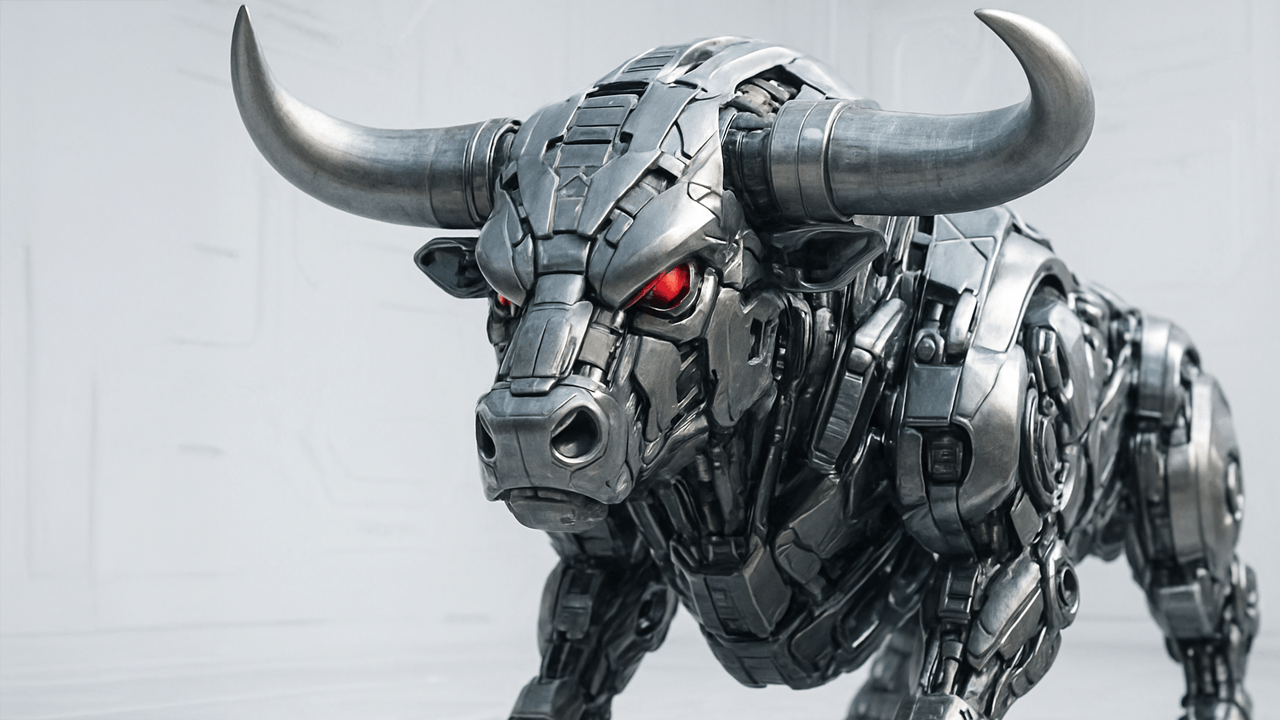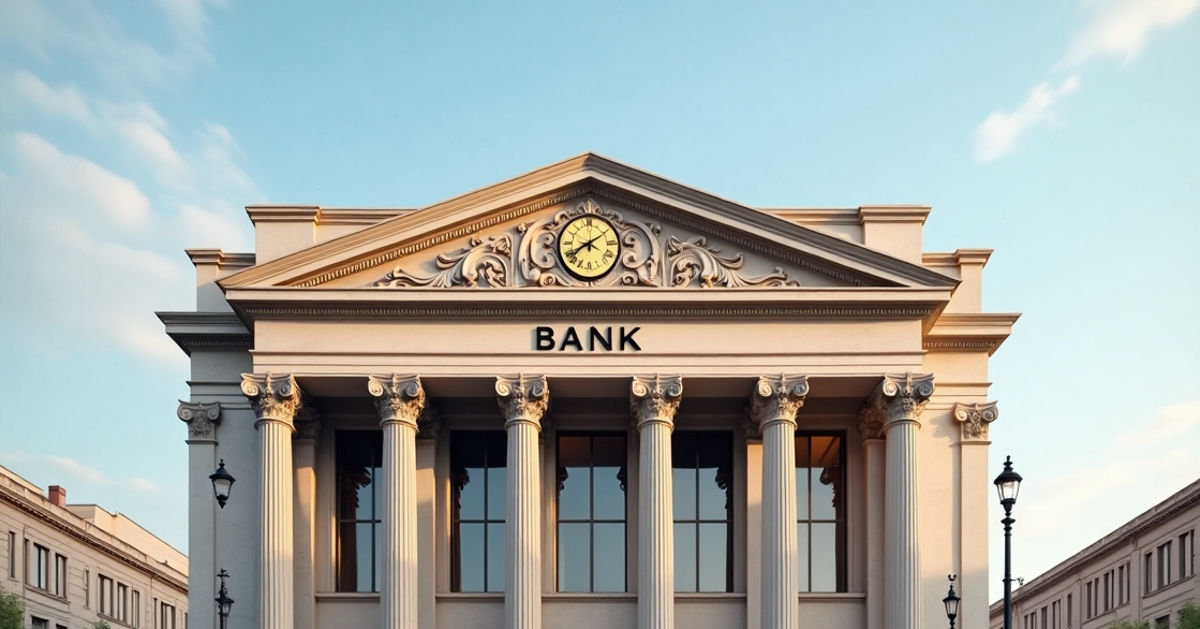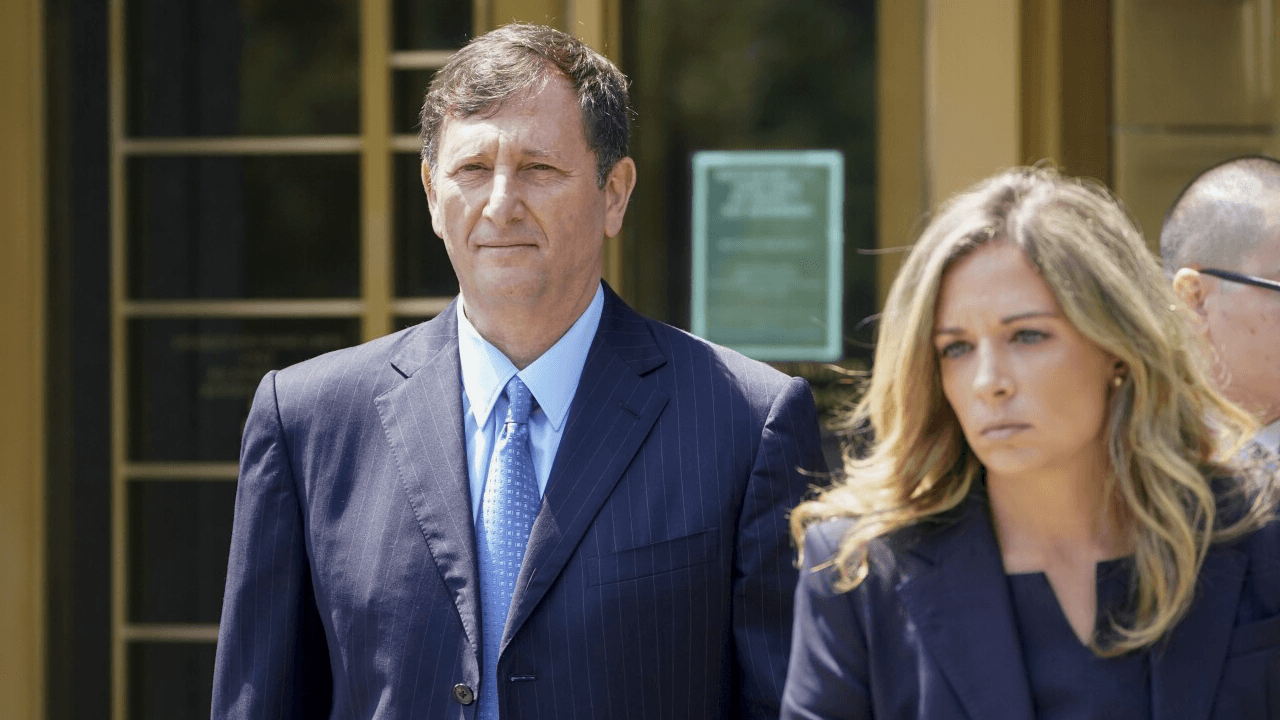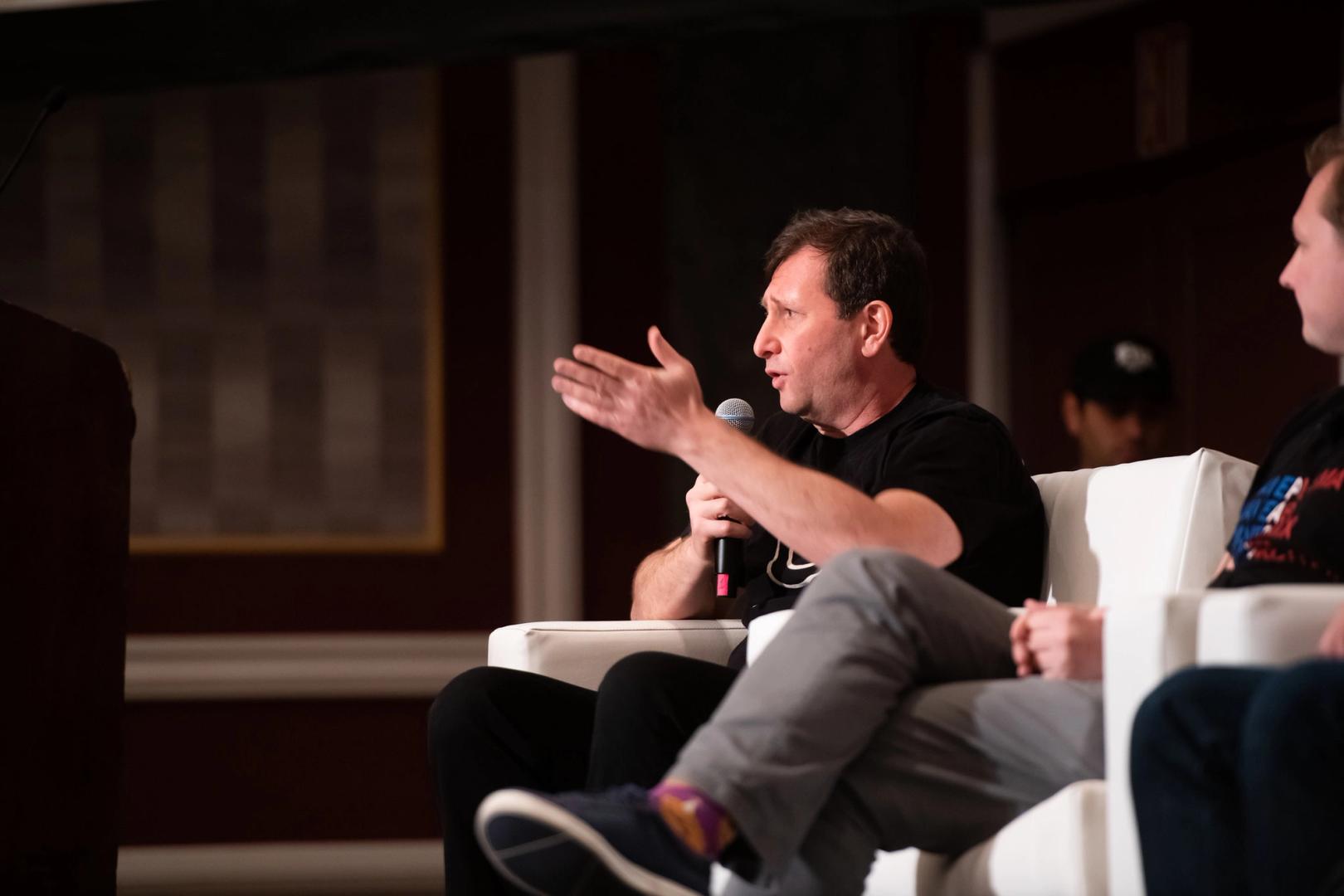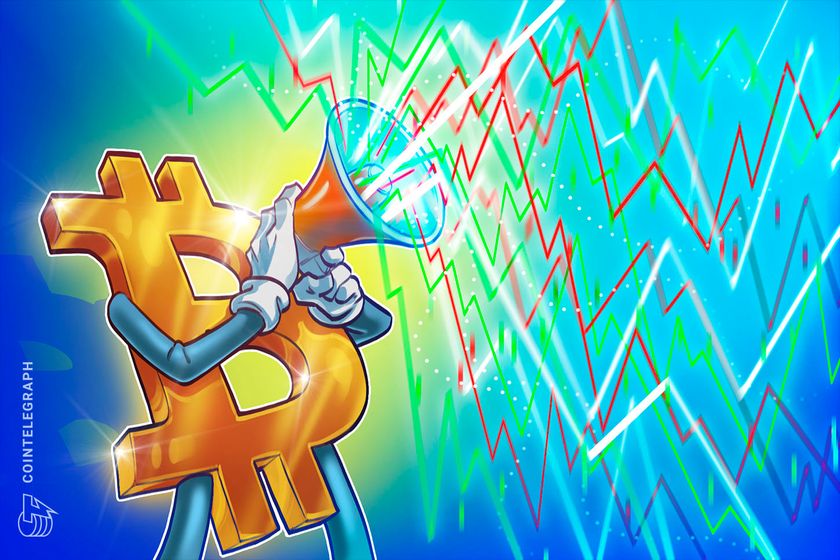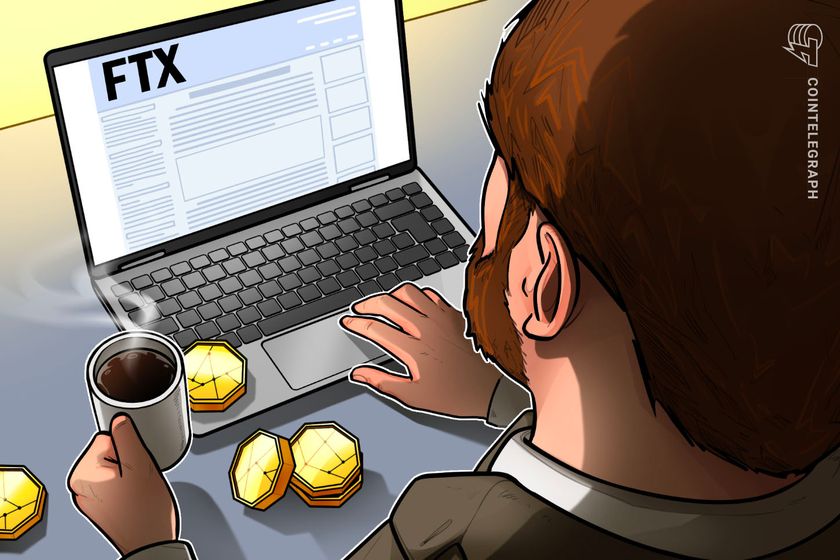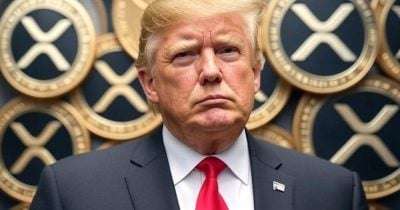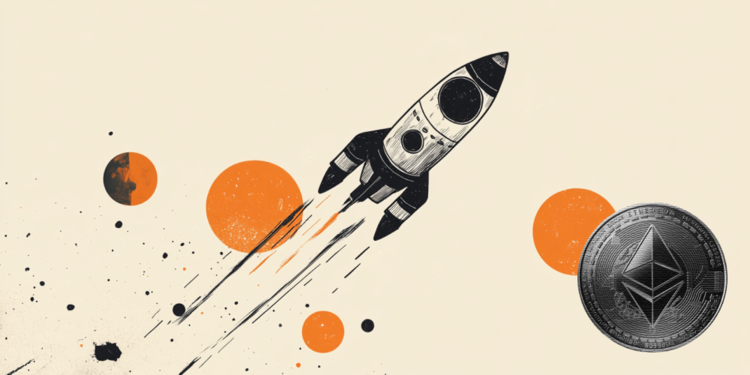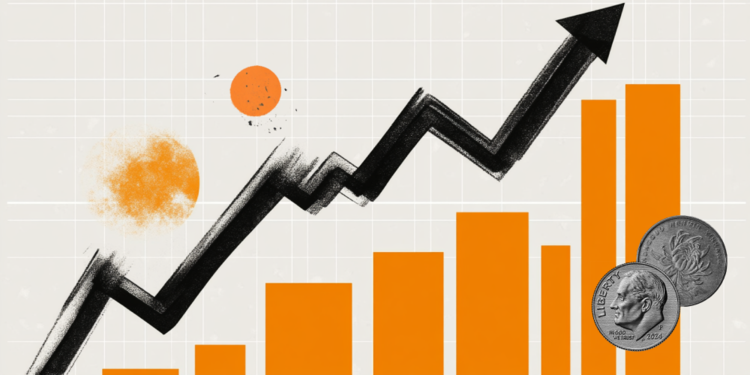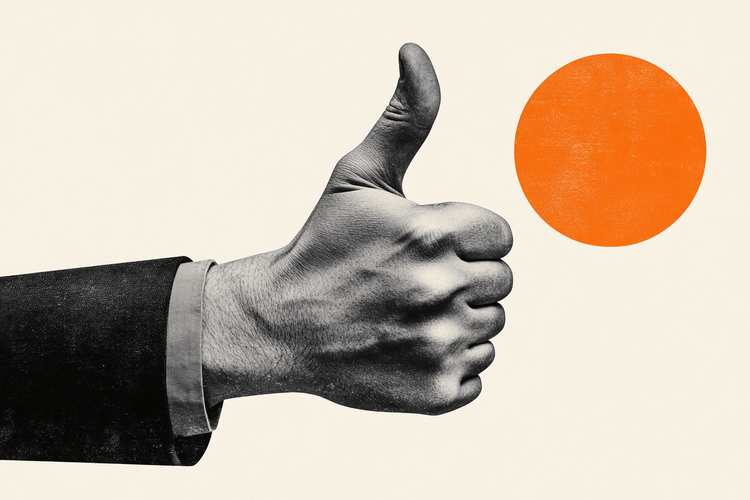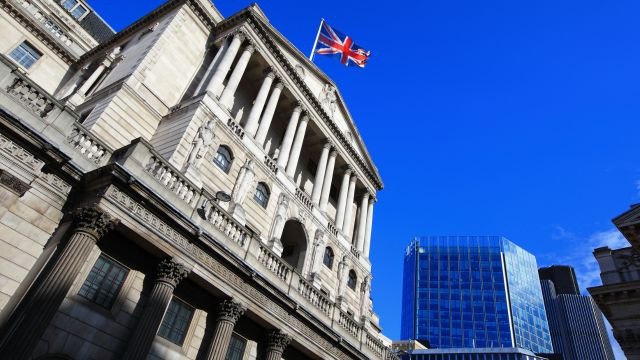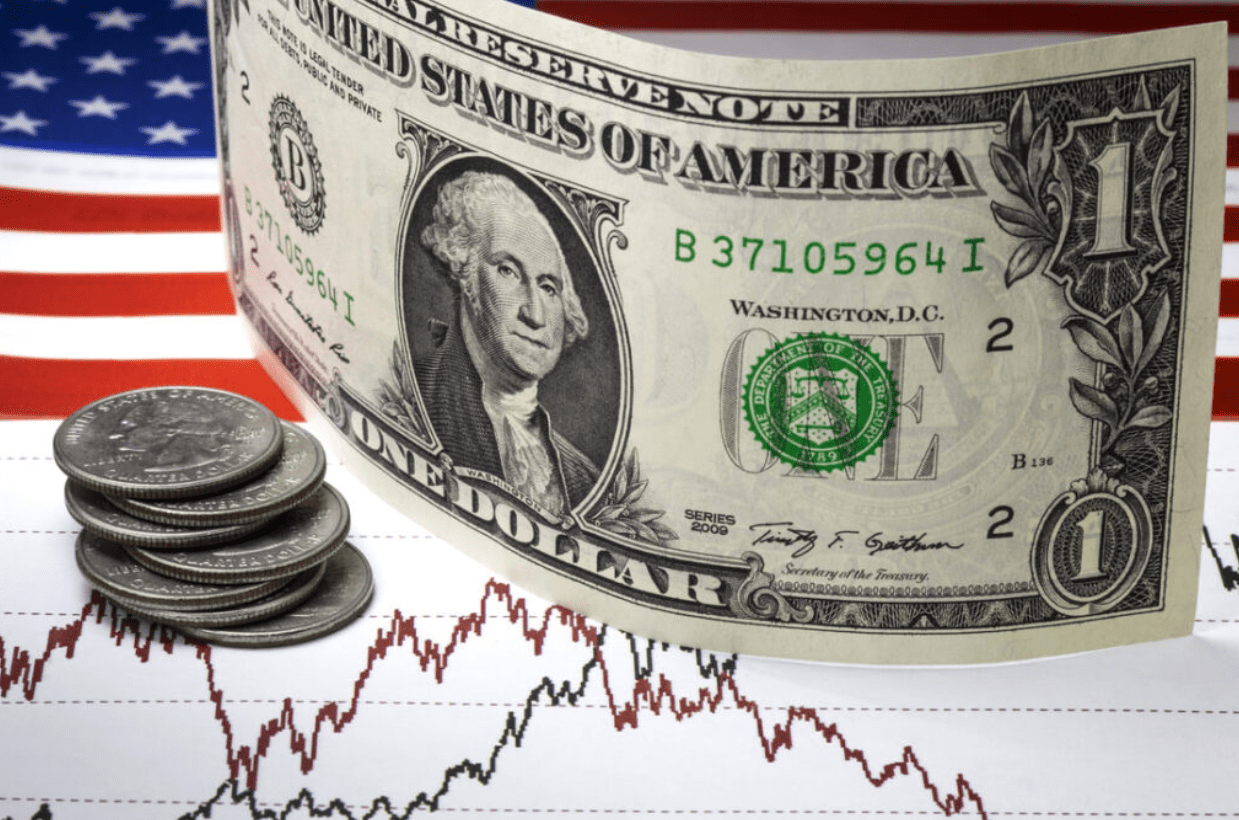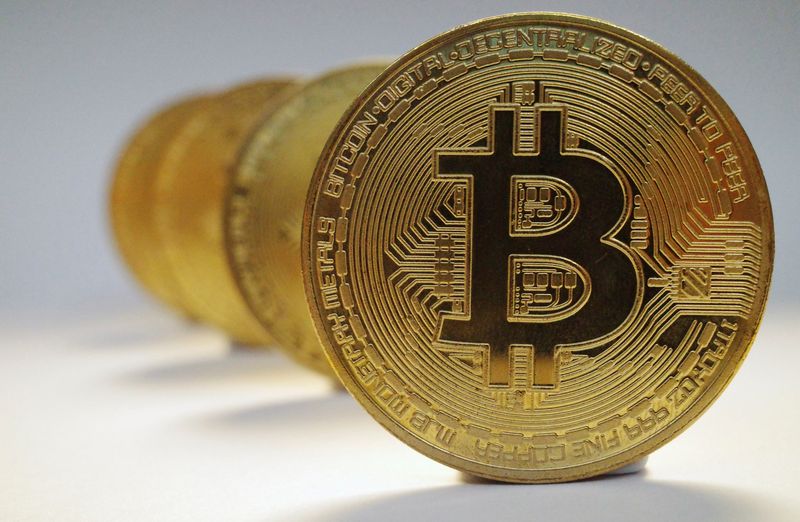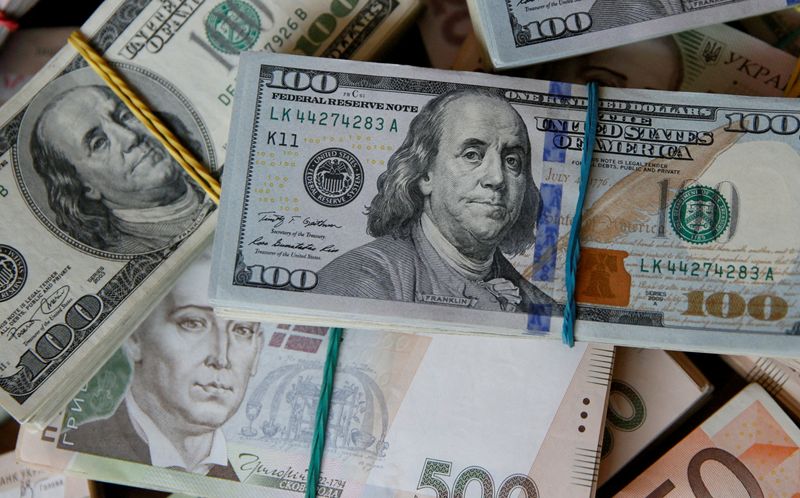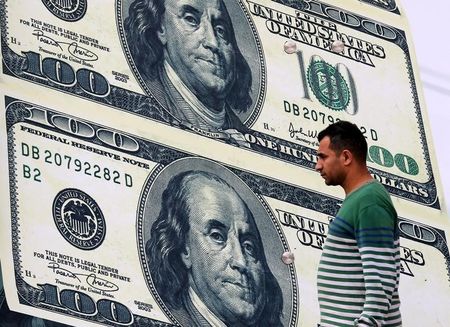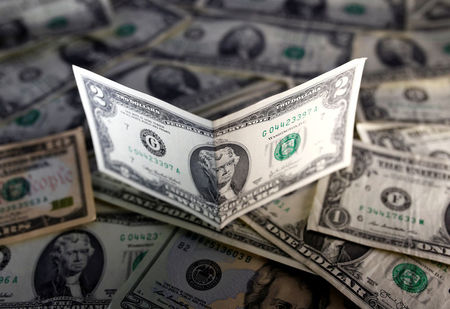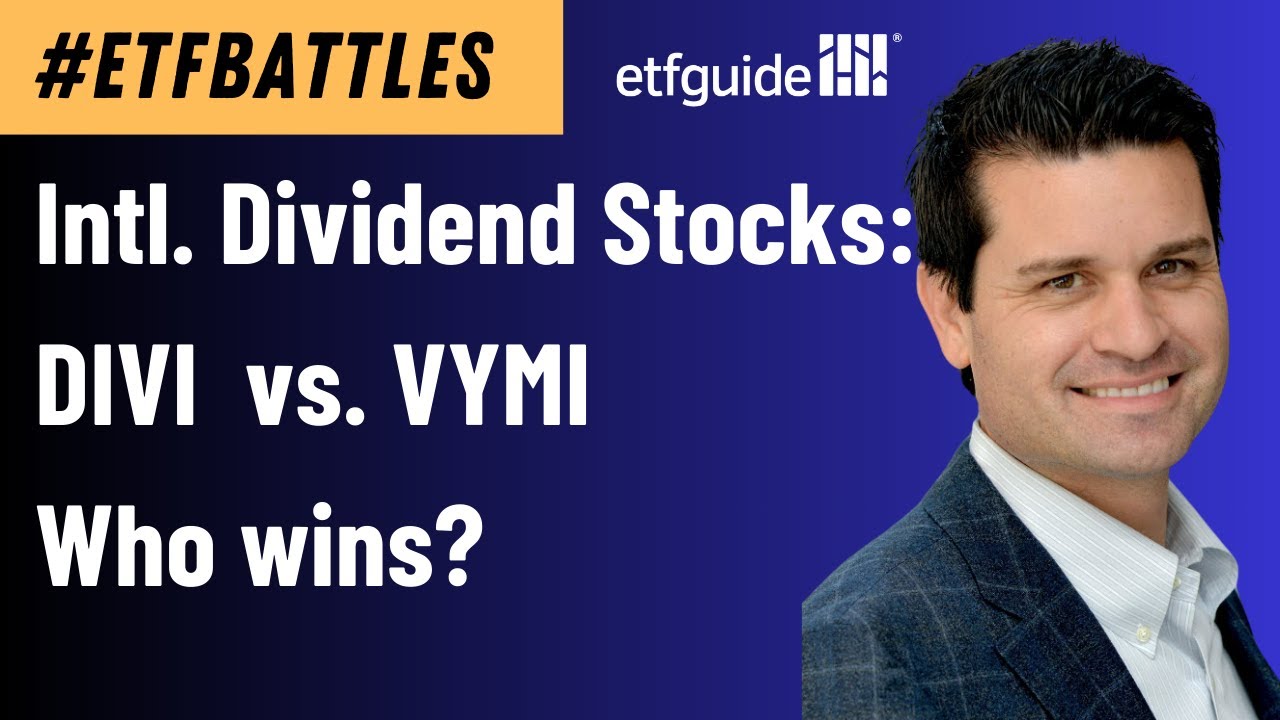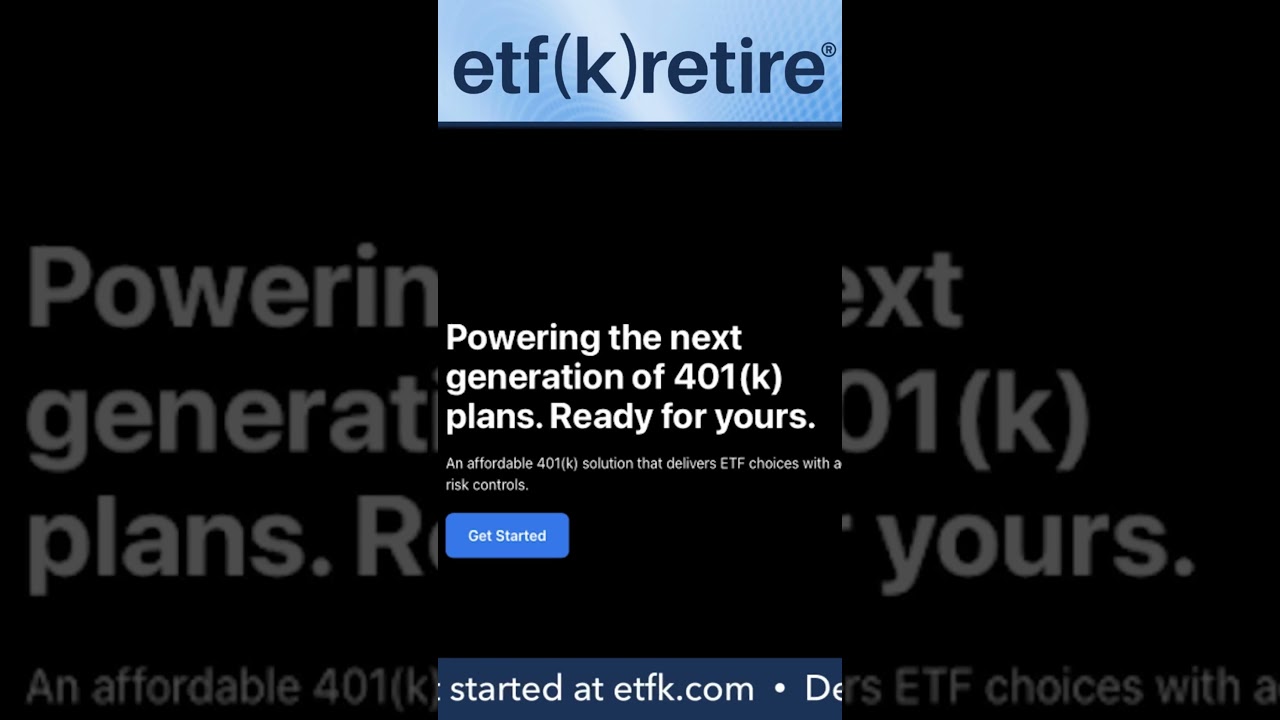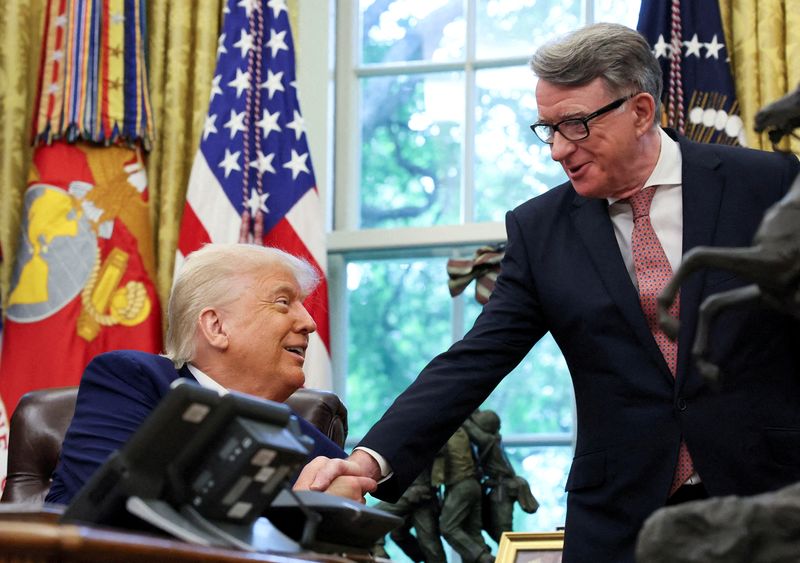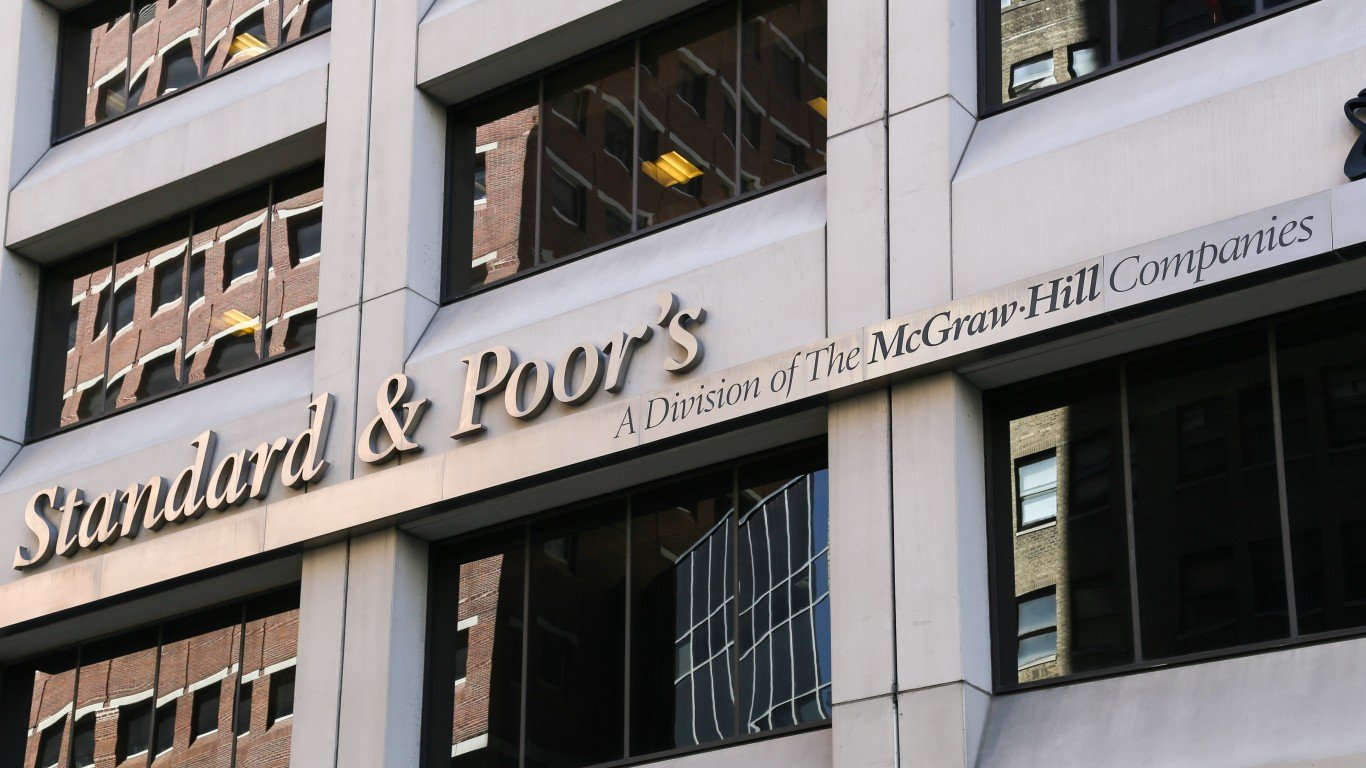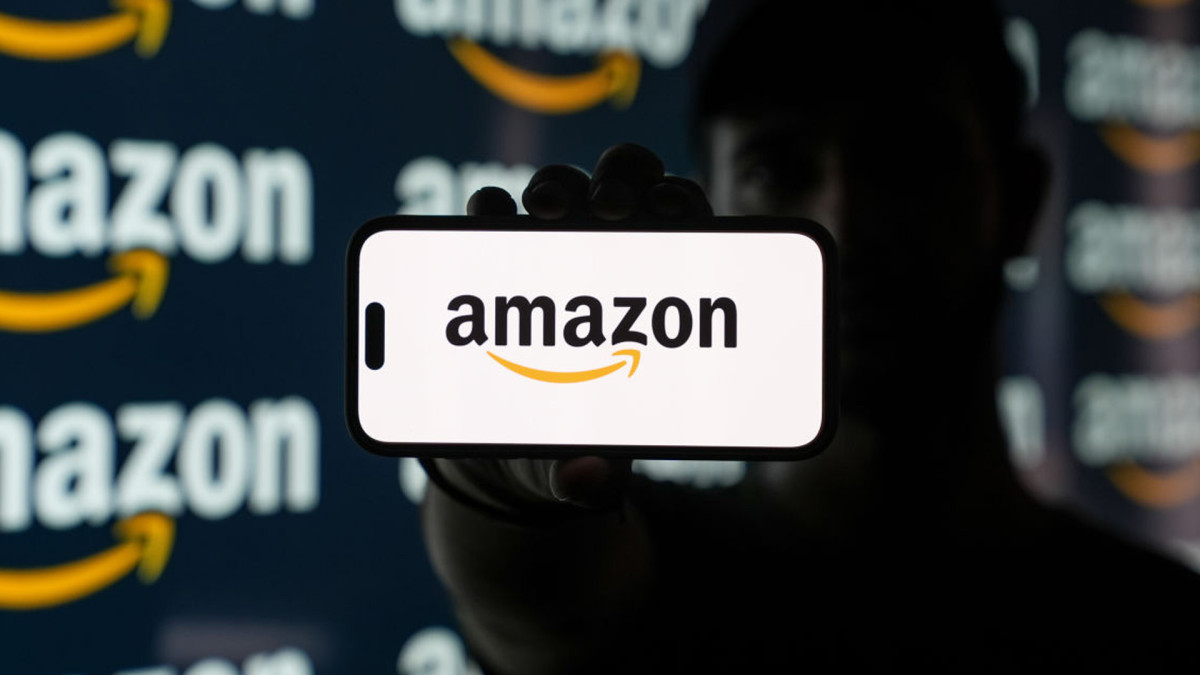Down 30%, Is Starbucks Done?
Global coffee giant Starbucks (NASDAQ:SBUX) is finding itself in unfamiliar territory. With over 40,000 stores worldwide, it needs to navigate a turbulent market as it grapples with declining sales and customer goodwill. The java slinger has faced five consecutive quarters of falling same-store sales, including a 4% drop in the first quarter, driven by an […] The post Down 30%, Is Starbucks Done? appeared first on 24/7 Wall St..

Global coffee giant Starbucks (NASDAQ:SBUX) is finding itself in unfamiliar territory. With over 40,000 stores worldwide, it needs to navigate a turbulent market as it grapples with declining sales and customer goodwill.
The java slinger has faced five consecutive quarters of falling same-store sales, including a 4% drop in the first quarter, driven by an 8% decline in U.S. transactions. Rising labor costs, tariff pressures on coffee beans, and competition from smaller, fast-growing chains like Dutch Bros (NASDAQ:BROS) or cheaper rivals such as Luckin Coffee (OTC:LKNCY) in China have squeezed margins, with adjusted operating margins dropping to 8.2%.
Under new CEO Brian Niccol, Starbucks is implementing its “Back to Starbucks” plan, slashing 30% of its menu, enhancing service speed, and reintroducing community coffeehouse vibes with condiment bars and handwritten cups. With its stock down 30% from its 52-week high, can Starbucks’ strategic overhaul restore customer loyalty and drive a stock recovery in today’s challenging economic landscape?
Fighting a War on Many Fronts
The iconic coffee chain is at a crossroads as it battles significant headwinds that have driven its stock price lower. The problems Starbucks faces are not all of its own making, but it must shoulder at least some of the blame.
Weakening consumer demand, particularly in the U.S., rising labor costs, tariff pressures on coffee bean imports, and fierce competition have eroded profitability. Yet the coffee house exacerbated these problems and worsened their impact with a bloated menu, lackluster management, and a willingness to rest on its laurels.
However, with Niccol at the helm, Starbucks is implementing bold changes through its “Back to Starbucks” plan.
Struggles Weighing on Starbucks
Starbucks’ challenges are many. Inflation-weary consumers are cutting back on discretionary spending and reducing visits to premium coffee shops. In the U.S., boycotts tied to geopolitical tensions and unionization disputes have damaged brand perception, alienating some customers.
In China, Starbucks’ second-largest market, a 6% drop in comps reflects the intense competition it faces and a slower than expected economic recovery. Tariffs on imported goods, including coffee beans, threaten to raise costs further, while labor expenses have surged due to wage increases and union agreements. These factors have compressed margins, with first-quarter adjusted earnings of $0.41 per share missing expectations, contributing to the stock’s decline.
The “Back to Starbucks” Transformation
Appointed CEO in September 2024, Niccol has launched an ambitious turnaround plan to restore Starbucks’ allure. His turnaround strategy focuses on simplifying operations and reconnecting with customers.
The company is cutting 30% of its menu to streamline service in a bid to address complaints about long wait times. Enhancements like mobile order prioritization, earlier store openings, and faster drive-thru lanes aim to improve its efficiency.
Starbucks is also reviving its community coffeehouse roots by reintroducing condiment bars, ceramic mugs, and handwritten cups, hoping to rebuild customer loyalty. Investments in employee training and benefits, including better scheduling, aim to boost staff morale and service quality, critical in a unionized environment.
Growth Potential Amid Risks
Starbucks’ turnaround plan shows promise, but still faces risks. The focus on operational efficiency and customer experience could reverse declining U.S. transactions, especially if inflation eases, which would serve to encourage discretionary spending.
Niccol’s track record at Chipotle Mexican Grill (NYSE:CMG), where he drove a stock recovery through operational improvements, has bolstered investor confidence. The company’s 2.9% dividend yield and aggressive share buybacks (it repurchased 6 million shares in Q1) provide downside protection, while trading at 22 times expected earnings seems reasonable for a premium brand.
However, China’s recovery remains uncertain, and tariff-driven cost increases could pressure margins further. Competition and lingering boycott effects may also hinder its brand rebuilding efforts.
Key Takeaways
Starbucks has the potential to return to growth in 2025 and beyond, driven by Niccol’s strategic overhaul and the brand’s sprawling, global footprint. Simplifying the menu and enhancing service should rebuild U.S. customer loyalty, while long-term expansion in untapped markets offers upside.
Yet, success hinges on navigating tariff costs, stabilizing China, and restoring brand goodwill. With its stock undervalued relative to historical multiples, SBUX stock appears poised for a recovery, but investors should expect volatility.
Between Starbucks’ long winning history and Niccol’s capable guidance, SBUX looks like a stock that can return to growth, even achieving modest same-store sales increases, perhaps as soon as the back half of 2025. Starbucks makes for a compelling investment, but it will require patience from investors before it reaches its full potential again.
The post Down 30%, Is Starbucks Done? appeared first on 24/7 Wall St..



